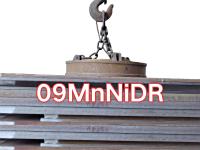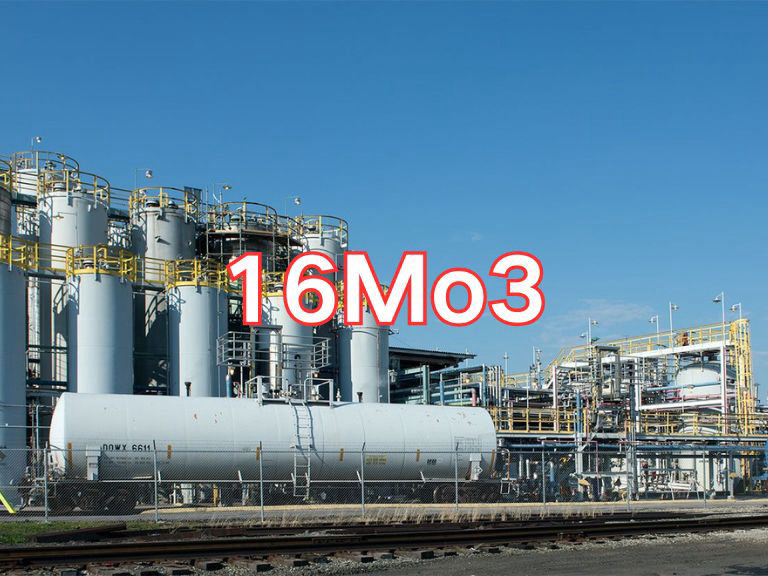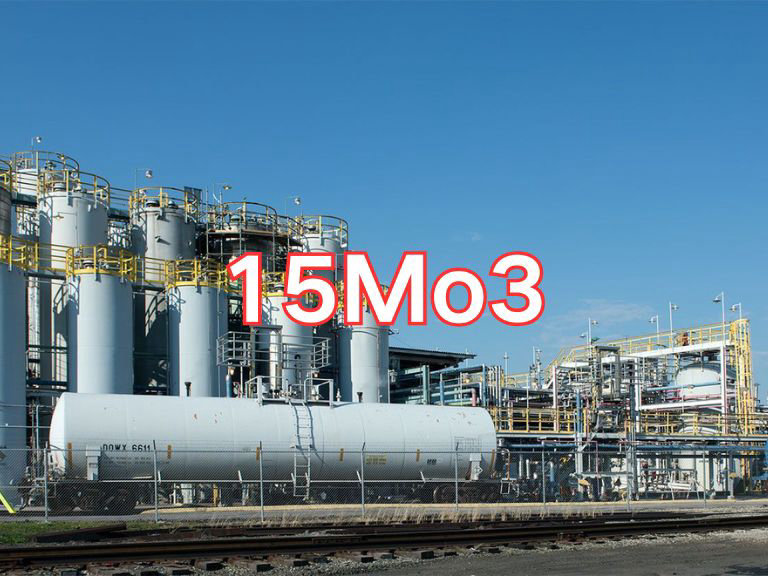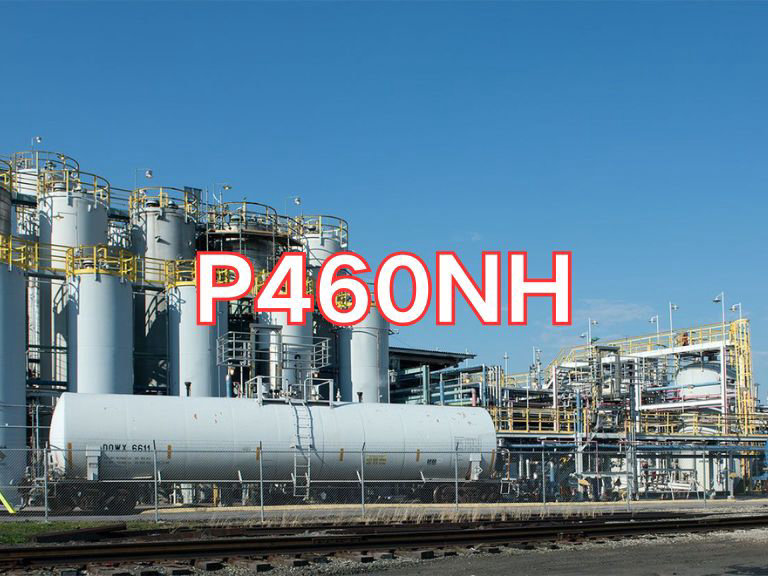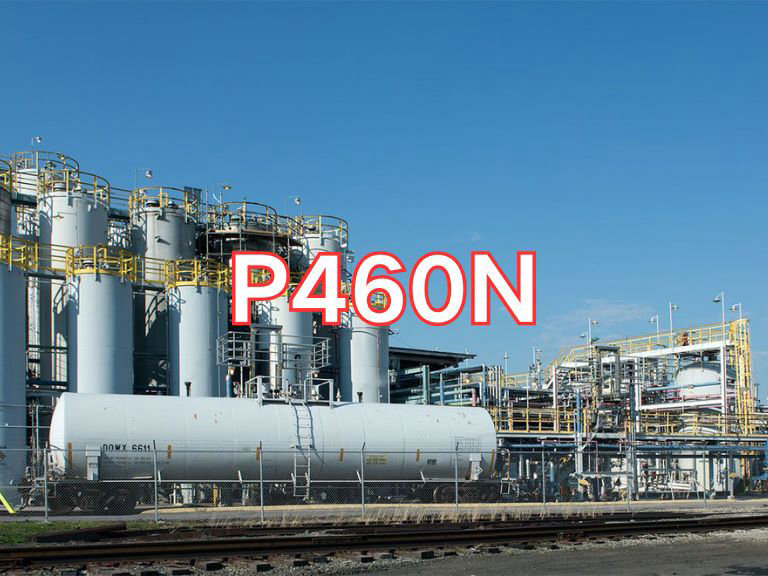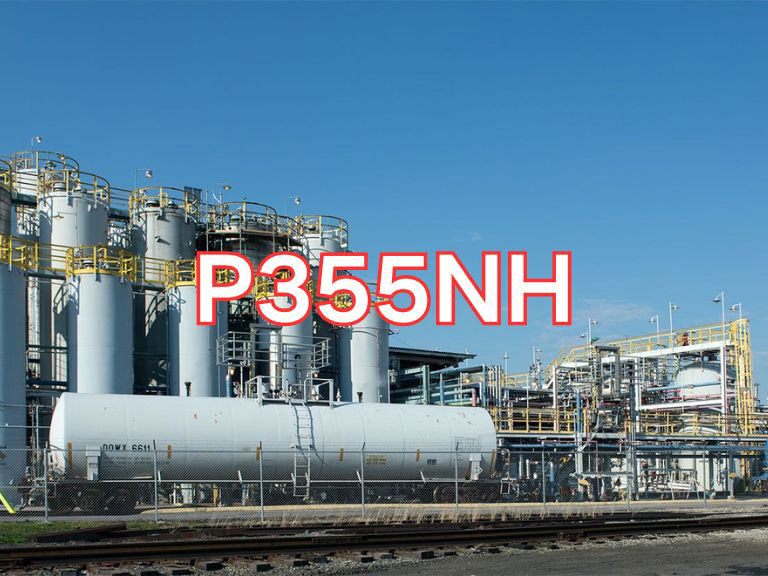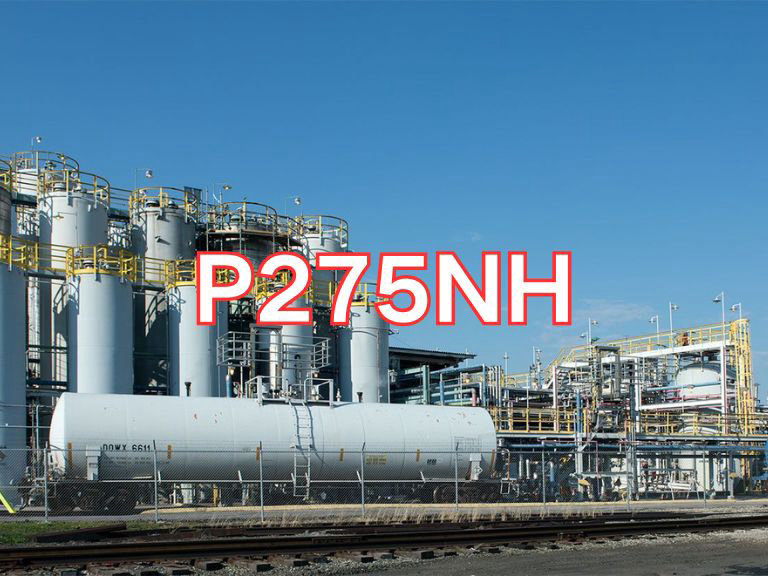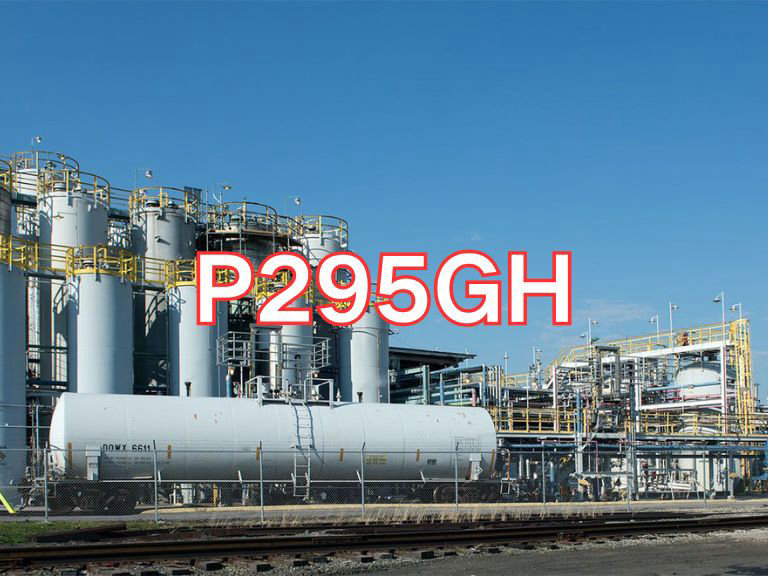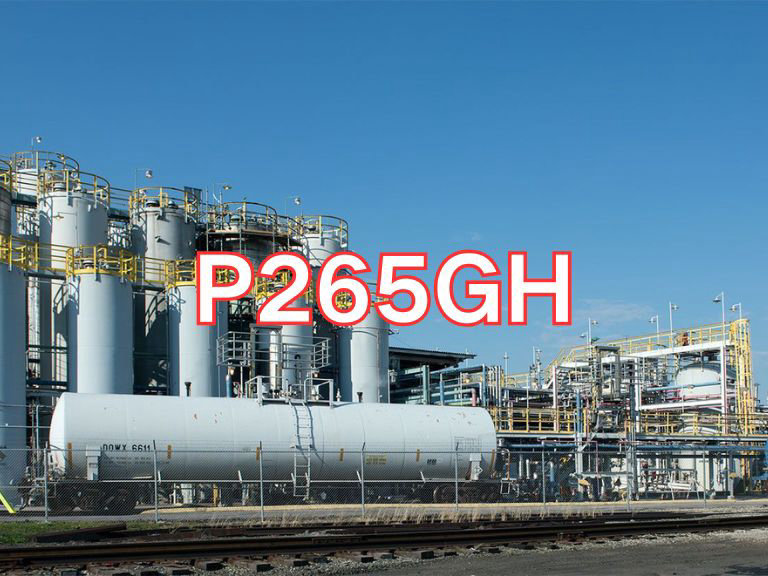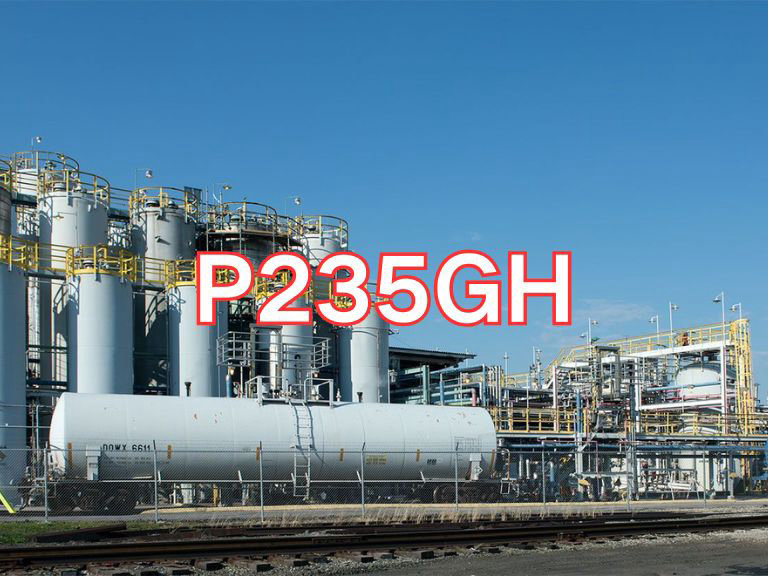

09MnNiDR
09MnNiDR is a low-alloy steel plate for low-temperature pressure vessels, offering excellent low-temperature toughness and weldability. It is widely used in storage tanks and equipment operating at service temperatures as low as -70°C.
The grade 09MnNiDR was first introduced in the Chinese national standard GB 3531-1983 "Low-Alloy Steel Plates for Low-Temperature Pressure Vessels" as a -70°C grade material. It has since been revised and refined in subsequent versions including GB 3531-1996, GB 3531-2008, and GB/T 3531-2014, with progressively enhanced technical specifications.
Grade Designation Explanation
- 09: Indicates an average carbon content of approximately 0.09%;
- Mn: Manganese, the primary alloying element;
- Ni: Nickel added to enhance low-temperature toughness;
- D: Denotes "low-temperature" application (in Chinese standards, "D" often signifies low-temperature service);
- R: Stands for "Rongqi" (Container), indicating use in pressure vessels.
Physical Properties
- Density: ~7.85 g/cm³;
- Tensile Strength: 490–610 MPa;
- Yield Strength: ≥345 MPa;
- Elongation: ≥21% (A5 gauge length);
- Impact Energy: Average transverse V-notch impact energy ≥27 J at -70°C, meeting stringent low-temperature requirements.
Chemical Composition (Typical values, wt%)
- C ≤0.10
- Si 0.15–0.50
- Mn 1.20–1.60
- P ≤0.020
- S ≤0.010
- Ni 0.30–0.80
- Alt ≥0.020
Note: Specific composition is controlled according to GB/T 3531 standard, emphasizing low phosphorus and sulfur for improved purity and toughness.
Application Fields
Primarily used in manufacturing low-temperature pressure vessels such as ethylene liquefaction tanks (-70°C), LNG auxiliary equipment, cryogenic separation units, low-temperature storage tanks, and air separation plants. Widely applied in petrochemical, coal chemical, and energy industries.
Testing and Manufacturing Methods
- Manufacturing Process: Produced via oxygen converter or electric arc furnace, followed by LF refining and vacuum degassing (VD) to ensure high steel purity. Controlled rolling and cooling (TMCP) processes are employed to refine grain structure and enhance strength-toughness balance.
- Heat Treatment: Supplied in normalized or normalized + tempered condition.
- Testing Requirements: Includes tensile testing, bend testing, impact testing at -70°C, ultrasonic testing (UT), chemical analysis, and metallographic examination.
Equivalent or Similar Grades in International Standards
| Country/Standard | Similar Grade |
|---|---|
| ASTM (USA) | SA-516 Gr.70 (similar low-temp performance but lower Ni) or SA-353 (8Ni grade, but higher alloy) |
| JIS (Japan) | SB410 (obsolete) or SN370; closer match is Ni-containing grade in JIS G3118 (e.g., Grade B) |
| EN (Europe) | 1.5533 / P355NL2 (-50°C) or 1.5237 / P315NH (-60°C); closest is P355N2NH with Ni for -70°C service |
Note: No exact international equivalent exists. 09MnNiDR is part of China’s unique low-temperature steel system, with its -70°C toughness requirement being relatively advanced globally.

Ultrasonic Testing (UT)
A key non-destructive testing technique that uses high-frequency sound waves to detect internal flaws in steel plates. The probe emits sound waves, which reflect when encountering defects such as cracks or inclusions. The receiver captures the echoes, enabling precise determination of defect location and size. With high sensitivity, strong penetration, and fast inspection speed, UT effectively ensures internal quality, widely used in the production of heavy plates, pressure vessel plates, and other high-end products to guarantee safety and reliability.

Magnetic Particle Testing (MT)
A common surface inspection method that magnetizes the workpiece, causing leakage magnetic fields at surface or near-surface defects like cracks or inclusions, which attract magnetic particles to form visible indications. Simple to operate and highly sensitive, MT is suitable for rapid inspection of surface and near-surface flaws in ferromagnetic materials, widely used for online or offline inspection of plate edges, ends, and welds, ensuring product quality and safety.

Penetrant Testing (PT)
A non-destructive method for detecting surface-breaking flaws. A penetrant liquid is applied to the cleaned steel surface, allowing it to seep into defects such as cracks or pores. After removing excess penetrant, a developer is applied, causing the trapped penetrant to bleed out and form visible indications. Simple and cost-effective, PT is suitable for inspecting surface defects in various non-porous materials, commonly used for welds, castings, and complex components, effectively ensuring surface quality of steel plates.

